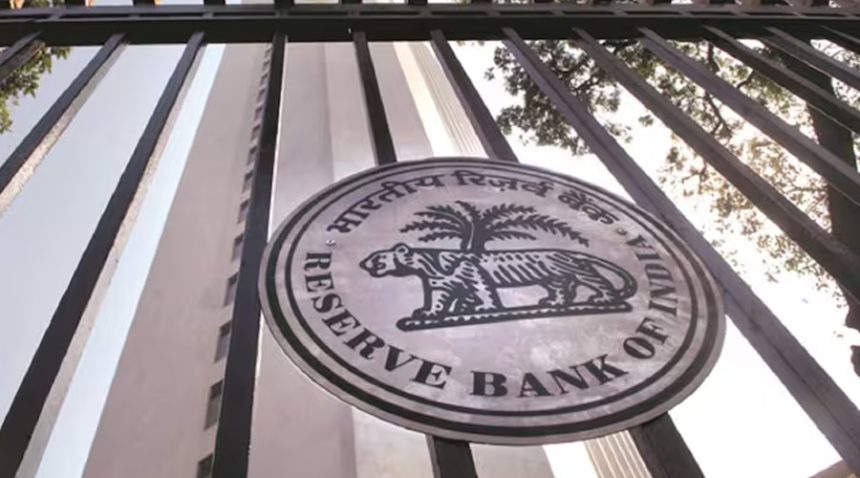Foreign investors are pulling out, inflation pressures are mounting, and the rupee is fluctuating
India’s economic resilience has been a focal point in global discussions, especially amid escalating global trade tensions. While the Reserve Bank of India (RBI) and other institutions highlight the country’s robust macroeconomic fundamentals, a closer examination reveals a more nuanced picture.
Macroeconomic Indicators: A Mixed Bag
In February 2025, India’s Consumer Price Index (CPI) inflation moderated to a seven-month low of 3.6%, primarily due to a sharp decline in vegetable prices. However, core inflation, which excludes food and energy prices, crossed 4% for the first time in 14 months, reaching 4.08%. This divergence indicates underlying inflationary pressures that could affect consumer purchasing power and overall economic stability.
Industrial growth, as measured by the Index of Industrial Production (IIP), expanded by 5.0% in January 2025, led by manufacturing and mining sectors. While this suggests a recovery in industrial activity, the sustainability of this growth remains uncertain, especially with potential disruptions in global supply chains.
Foreign Investment: A Double-Edged Sword
Foreign portfolio investors (FPIs) have been net sellers in the Indian equity market for several months. From October 2024 to March 2025, FPIs sold $28 billion worth of shares, leading to a 13% decline in the Nifty 50 index from its peak in late September 2024. This sustained outflow raises concerns about investor confidence and the attractiveness of the Indian market amidst global uncertainties.
Trade Dynamics: Shifting Sands
India’s trade deficit narrowed to $14.05 billion in February 2025, the lowest in over three years, as imports declined amid global uncertainties. While a shrinking trade deficit can be positive, the reduction in imports may also signal weakening domestic demand, which could hamper economic growth.
In response to global trade tensions and the influx of cheap steel imports, India proposed a 12% safeguard duty on steel imports for 200 days. Although this measure aims to protect domestic producers, the lower-than-expected tax rate has tempered industry expectations.
Currency Fluctuations: A Cause for Concern
The Indian rupee has experienced volatility, influenced by global economic indicators and domestic factors. As of March 19, 2025, the rupee was expected to open slightly weaker at 86.62-86.64 to the U.S. dollar, compared to the previous close of 86.57. Such fluctuations can impact import costs, foreign debt servicing, and overall economic stability.
Policy Measures: Balancing Act
The RBI has implemented a mix of interventions, including open market operations and variable rate repo auctions, to stabilize market liquidity conditions. While these measures aim to support economic resilience, their effectiveness in the face of global trade tensions remains to be fully seen.
Global Perception: Cautious Optimism
The Organisation for Economic Co-operation and Development (OECD) noted that global economic growth remained resilient in 2024, but recent indicators suggest softening growth. This global context underscores the challenges India faces in sustaining its growth trajectory amidst external headwinds.
A Balanced Perspective
While India’s economy exhibits resilience through robust agricultural performance and improving consumption, underlying challenges persist. Inflationary pressures, foreign investment outflows, trade imbalances, and currency volatility present significant hurdles. Policymakers must navigate these complexities to ensure sustained economic growth and stability in an increasingly uncertain global environment.






